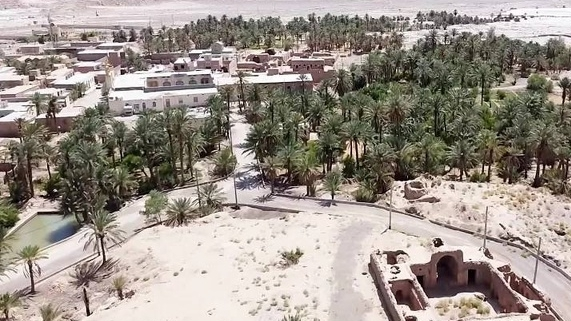
Shahrasb Castle of Abarkuh
The historical city of Abarkuh has more than 400 historical sites and is considered as one of the target cities for tourism in Iran. The villages and districts of this city also have a significant history and there are significant buildings and sights in them. Shahrasb Castle is one of these historical sites that was built in a village with the same name.
Features of Shahrsab Village
There are a total of 12 villages in Abarkuh, each of which had been named after one of the months of the year. Azar village, known as Shahrasb today, is one of these 12 villages, which was the habitat of the Iranian tribe called “Hezarasban”. The name of a member of this tribe is written on the Aali Dome of Abarkuh. In Ferdowsi’s Shahnameh, Shahrasb or Shahrasp is a mythological personality who was a confidant and advisor of the Iranian king, Tahmures, and was able to guide him towards justice and progress in Iran.
Shahrasb is located over an area of about 35 hectares and it has about a thousand inhabitants. At first, Shahrasb was located inside a citadel, but after a considerable increase in its population, the constructions were expanded and the village grew larger. The houses of Shahrasb Village are made of clay adobe and their roofs are dome-shaped. The use of clay as the main material for the construction of houses, apart from the availability of this material, is to help keep the houses as cool as possible. Moreover, the dome-shaped roofs in hot and dry areas make less heat gets absorbed into the houses.
The houses in Shahrasb Village are mostly small and simple, but some big houses are also seen in the village, which are decorated with plasterwork, muqarnas, and arabesque motifs of flowers and bushes. The alleys of Shahrasb are designed in a checkerboard pattern and most of the houses are one story.
Economy of Shahrasb
Carpet weaving is the most important handicraft of this village and the women of Shahrasb engage in it in their homes. Agriculture and animal husbandry are other main occupations of the people of Shahrasb. Local people believe that Shahrasb Village used to be a place where horses were kept and bred, and the khans of the village made a living by breeding horses. It is also believed that once upon a time a thousand horses were kept in the castle.
History of Shahrasb Castle
There are ancient human settlements in Shahrasb village that are similar to many other areas of Iran. These settlements are surrounded by walls and watchtowers. A strong citadel was built among such settlements, where the governor or ruler lived. According to the available evidence, the citadel of Shahrasb Village was one of the residential complexes of ancient Iran. The structure of this citadel is similar to the Bam citadel.
Like the houses of this village, Shahrasb Castle is made of clay adobe. Some historians believe that this castle was built during the Safavid era (16th century AD) and was used as people’s habitat for a long time. With an increase in the population during the Qajar era (18th century), the castle was expanded to accommodate the increasing population.
There are some graves in the castle where, contrary to the Islamic tradition, the dead are not buried facing the Qiblah. This evidence shows that the castle was probably built on the remains of another site that dated back to the pre-Islamic era.
The Architecture of the Shahrasb Castle
The area of Shahrasb Castle is 17 thousand square meters and it has a high portal. There are eight watchtowers on the four sides of this castle, and in addition to clay adobe, stone, baked brick, and wood have also been used in some parts of the fort. There are high ramparts in the outer part of the castle and two central fences in the inner part. Thus, there are a total of 16 watchtowers in the entire castle, indicating the importance given to security measures.
In addition to residential houses, there was a storehouse in the castle for storing grain and a stable for keeping livestock. The existence of different parts in the castle shows that a certain social order governed the lives of its inhabitants.
Shahrasb Castle of Abarkuh was inscribed on the list of Iran’s national historical heritage in the year 2005 AD.
There are a total of 12 villages in Abarkuh, each of which had been named after one of the months of the year. Azar village, known as Shahrasb today, is one of these 12 villages, which was the habitat of the Iranian tribe called “Hezarasban”.
| Name | Shahrasb Castle of Abarkuh |
| Country | Iran |
| State | Yazd |
| City | Abarkuh |
| Type | Historical |
| Registration | National |
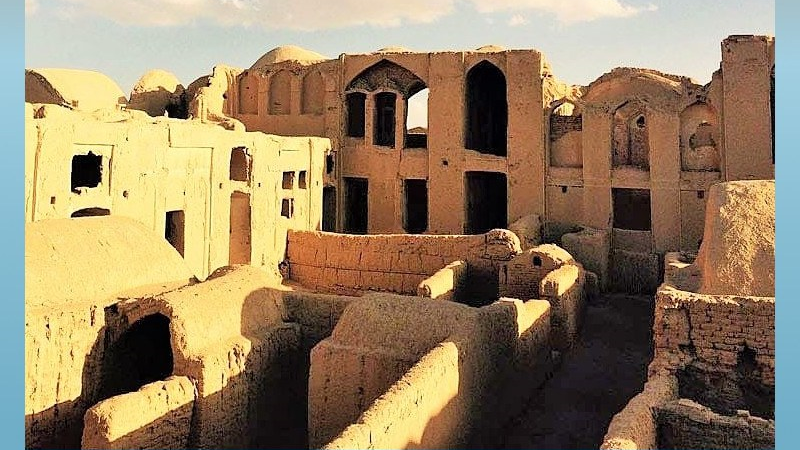
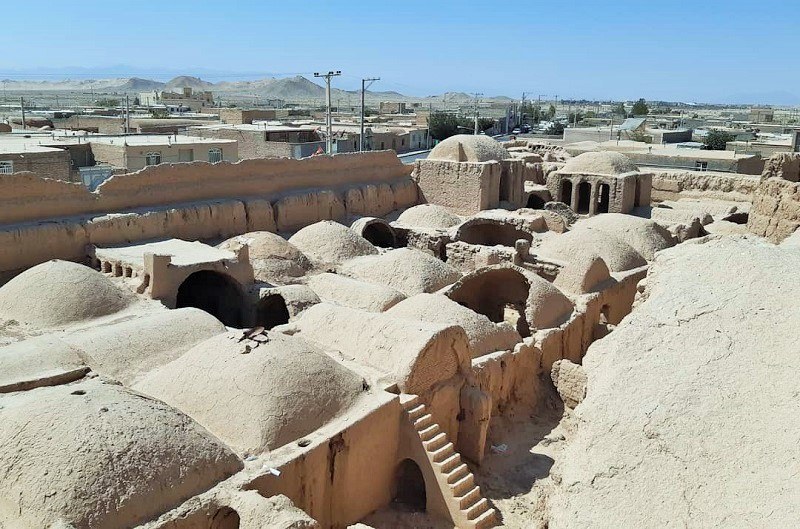
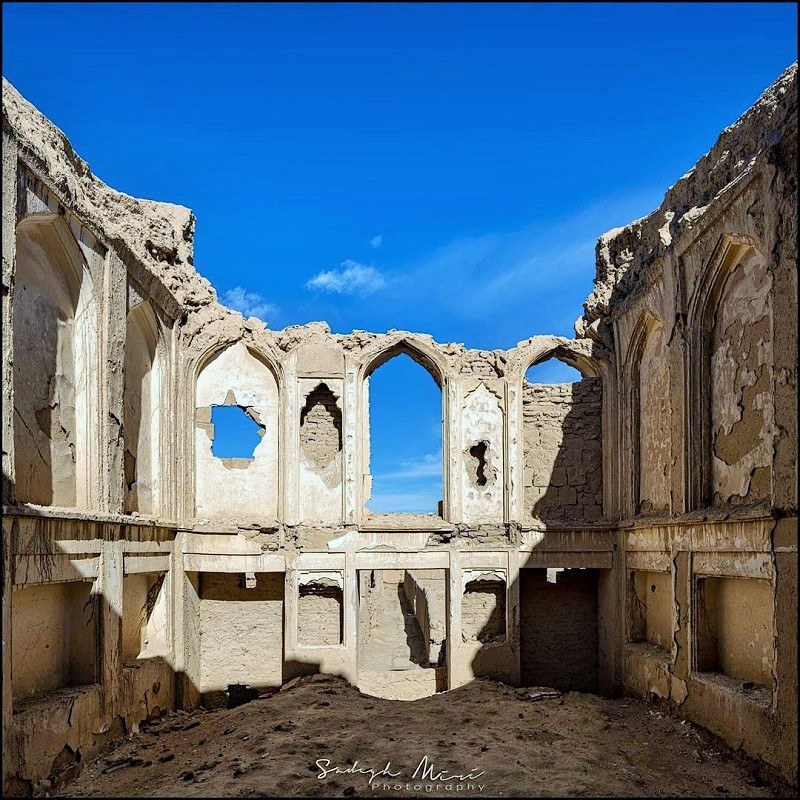



Choose blindless
Red blindless Green blindless Blue blindless Red hard to see Green hard to see Blue hard to see Monochrome Special MonochromeFont size change:
Change word spacing:
Change line height:
Change mouse type:

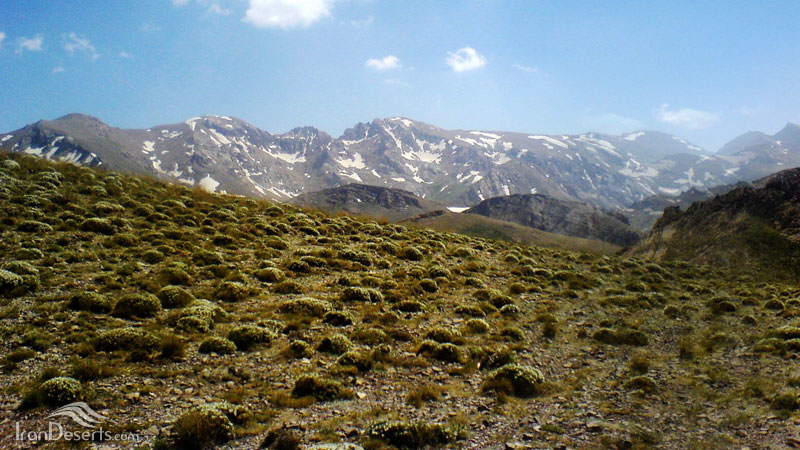

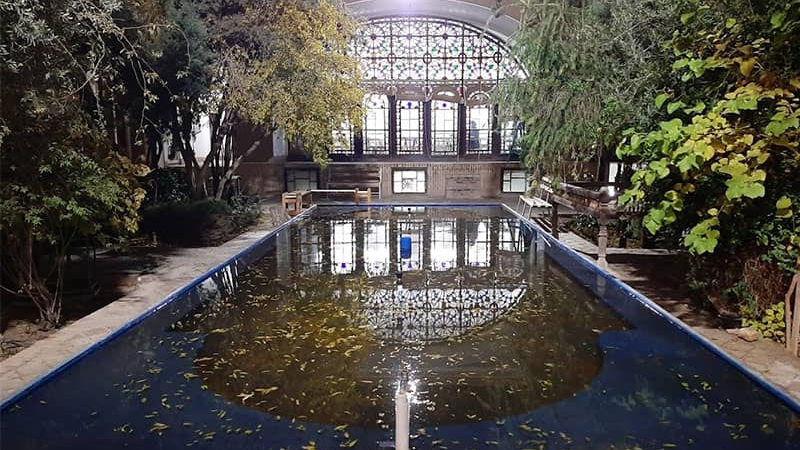
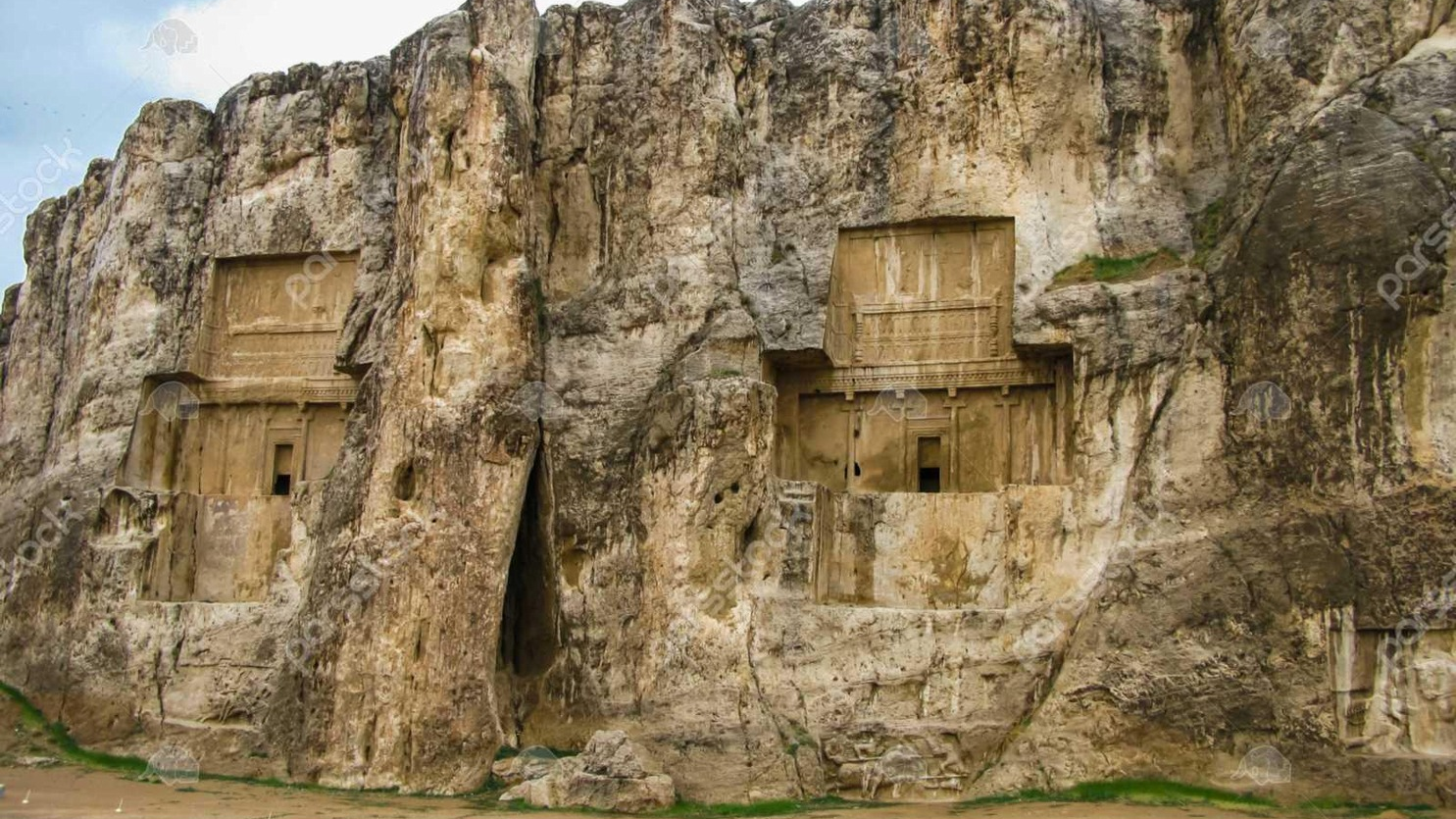
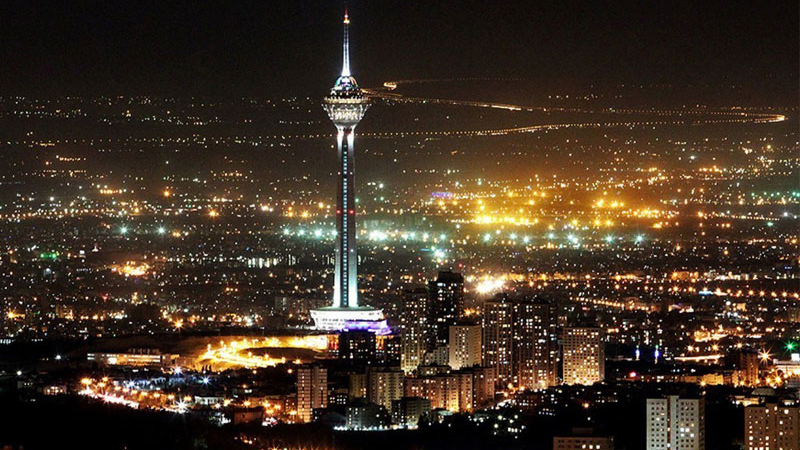
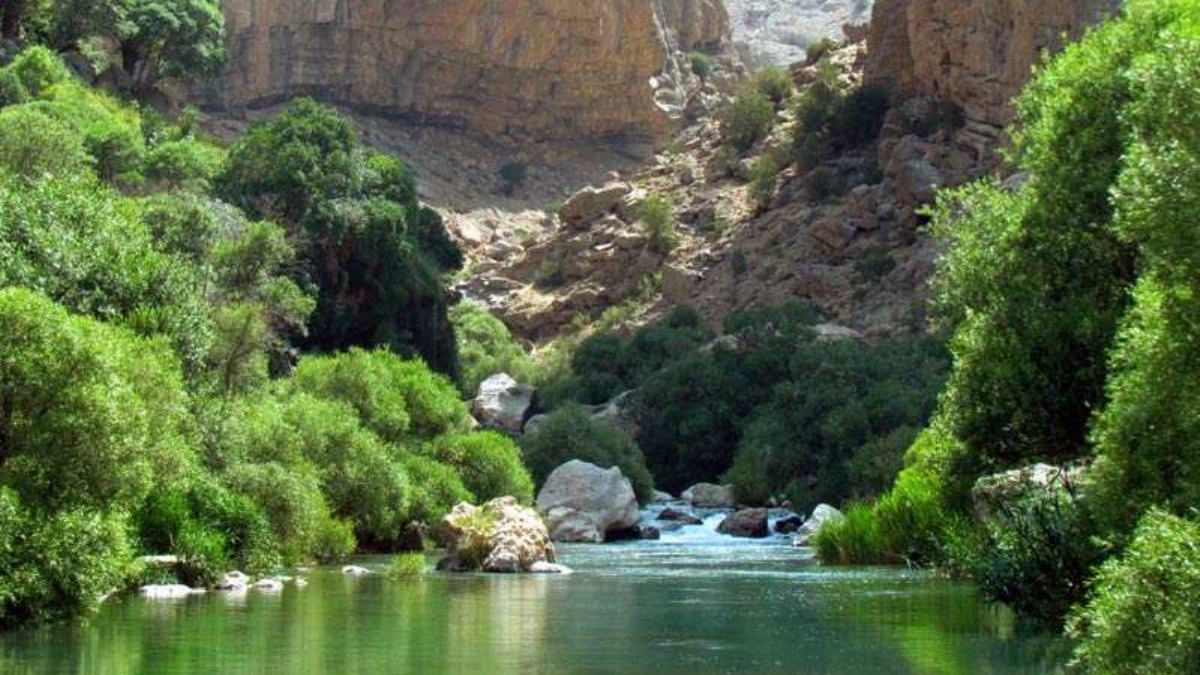

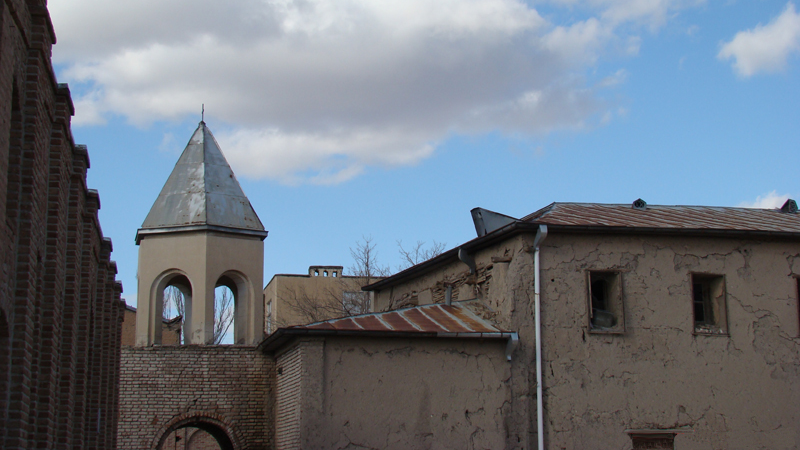
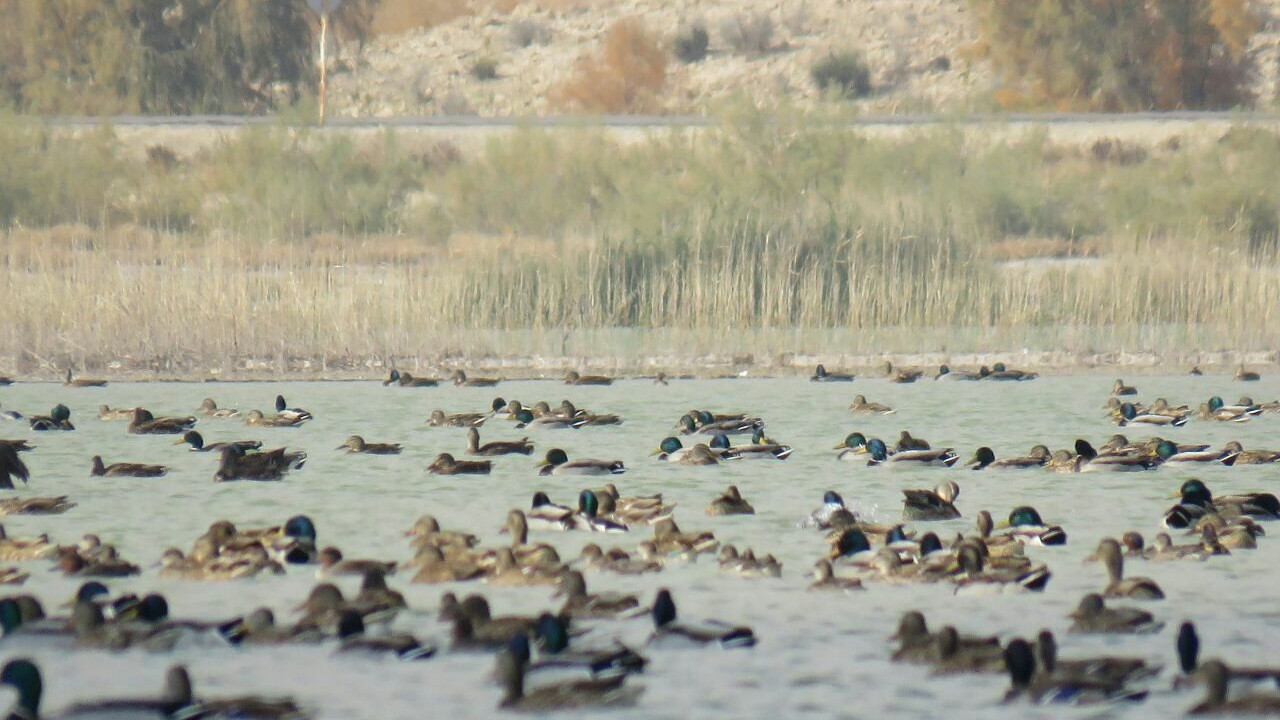
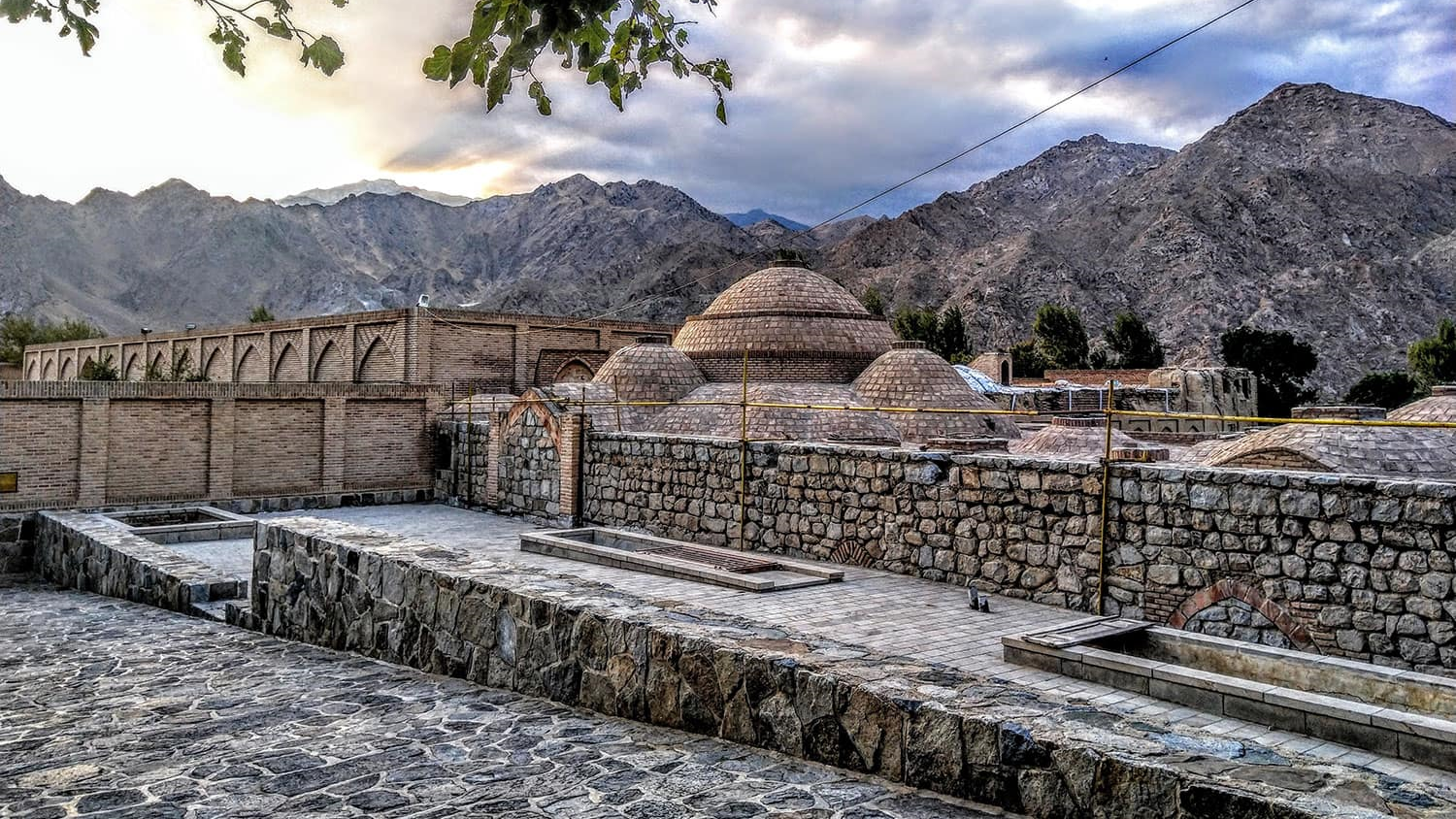
-k- main.jpg)
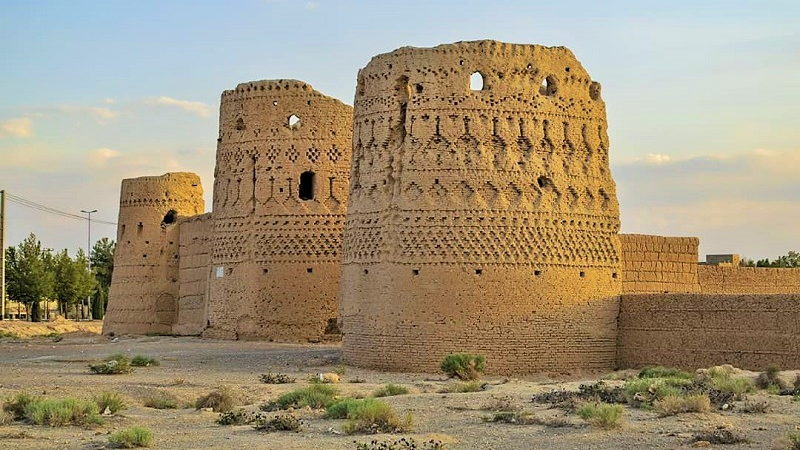
_crop_2.jpg)
